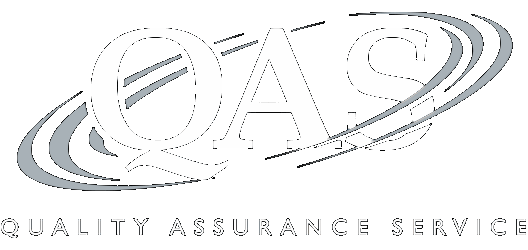IRC 751 Hot Assets: Calculating and Reporting Ordinary Income on Disposition of Partnership or LLC Interests
Recording of a 110-minute CPE webinar with Q&A
This course will provide accounting and tax professionals with a deep dive into the tax treatment of Section 751 hot assets when a partner disposes of their partnership interest. The panel will discuss identifying, calculating, and reporting ordinary income from hot assets in the sale of a partnership or LLC interest.
Outline
- History and background
- Section 751(a) asset rules
- Reporting
- Section 751(b) listed assets
- Inventory
- Unrealized receivables
- Substantially appreciated inventory
- Section 751(b) proposed regulations
- Non-U.S. partner impact
- Planning opportunities
Benefits
The panel will discuss these and other important issues:
- How does the regime of Section 751 work in calculating gain/loss from ordinary income-producing assets held at the partnership level?
- What assets does Section 751 require to be calculated separately?
- How are inventory assets treated differently in a redemption vs. a sale of partnership interest?
- What options are available regarding cost allocation to minimize gain calculations on Section 751 assets?
Faculty

Robert Venables, CPA, JD, LLM
Director, Tax
Cohen & Company
Mr. Venables advises closely held businesses in a variety of industries with a focus on pass-through entities. He is... | Read More
Mr. Venables advises closely held businesses in a variety of industries with a focus on pass-through entities. He is involved in technical areas of taxation, including accounting methods, international, partnerships, and mergers and acquisitions.
Close
Jonathan Williamson, CPA, MT
Director, Tax
Cohen & Company
Mr. Williamson focuses on partnership tax issues primarily for real estate clients, including retail, self-storage,... | Read More
Mr. Williamson focuses on partnership tax issues primarily for real estate clients, including retail, self-storage, commercial and telecommunications. He also specializes in investment funds, working on issues related to foreign investors and investments, state and local compliance, and tiered structuring. In particular, Mr. Williamson assists clients with tax adjustments, partner correspondence, compliance deadlines, and everyday questions, such as bookkeeping and recording complex transactions. Other special areas of his expertise include partnership formation and liquidation, waterfall and other special allocations, and partner redemptions; as well as REIT and UPREIT transactions, like-kind exchanges and disguised sale transactions.
CloseAccess Anytime, Anywhere
A savings of $98
CPE credit is not available on downloads.
CPE On-Demand
